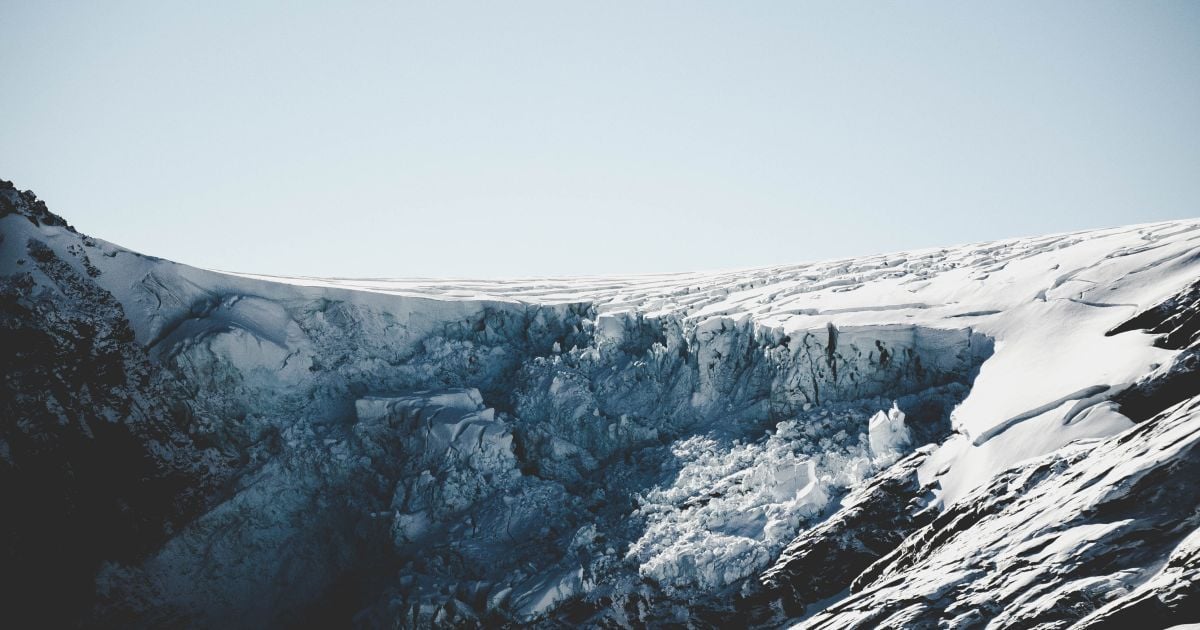The number of times viruses have been detected is over 40 thousand.
In specimens collected from different areas of the ice fisher Guliya on the Tibetan plateau at an altitude of over 6,000 meters above the sea level, the genomes of 1,705 types of viruses have now been revealed, amounting to 41,000 species.
About this write Popular Science.
Lonnie Thompson, a paleoclimatologist and glaciologist at Ohio University, and a team of interdisciplinary researchers have identified and cataloged approximately 50 times more viral information than could ever be ice cores (sharp material from the outside of the cylinder, extracted using the drilling method). These results are evident in the climate crisis of the Earth, and they can help us better understand the microbial future to which we are collapsing.
Viruses shape the world
It has always been said that all 1705 viruses drawn from above the Gulia ice dam, thousands of times, infected bacteria and archaea and do not threaten people, animals and plants.
“Old viruses have played an important role in their local environment, dictating diversity and evolution from below through processes such as natural selection and virally mediated gene transfer iv,” said the study’s author, microbiologist Matthew Sullivan.
In other words, viruses can shape the “metabolism of the ecosystem”, leaving bits of stench on those parts that are removed from the waste material, and those that are generated as by-products, and from any liquid. These types of viruses have undoubtedly played a key ecological role in the past.
Such information can help people understand how the Earth faces thousands of risks to the fact that the storehouse of microbial compounds is directly linked to climate change.
Connections between climate and viruses
During the expedition to the Guliya ice dam, nine sections of 310-meter long ice core were recovered, each of which represented a different hour horizon and climatic period. The youngest child was formed less than 160 years ago, and the oldest – over 41,000 years ago.
Having collected viral DNA from skin tags, researchers used the method of metagenomic analysis to select more specific strains of the virus from the siphoned genetic soup. They revealed that viral sleepiness was constantly changing among climatic minds.
“We found a clear disruption in the set of viruses that lived in cold climates as well as in warm climates,” Sullivan explained.
Moreover, in the cold period of our planet’s past, the viral production of the ice plant was not very similar, although not identical, warehouse. However, during the warmer period of the skin there is a completely different set of types of viruses.
The greatest and most widespread viral reaction occurred approximately 11.5 thousand years ago, during the period of abrupt climate change for the entire period of history, which can be seen in the collected examples.
According to Thompson, the impact of global warming on microbial diversity shows how closely climate and microbes are closely linked, and how fundamentally climate can influence the development of an ecosystem.
Bank of tributes, scho tane
They have now compared their findings with previous similar studies to assess the biogeographical variation and spread of viruses. They found that more than 70% of the identified viruses from the Gulia ice plant are unique and have not been detected anywhere else on Earth. However, less than 12% was found outside Asia, and less than 1% was found in non-Yellow-derived habitats.
“We are at the early stages of this kind of microbial analysis. However, with the great number of studies and the great number of core samples, the testing of long-frozen viruses can help us better predict our future everyday life and understand the connections between viruses, bacterial metabolism and climate,” – Sullivan said loudly.
Prolonged research is threatened by global warming. The world knows this invaluable bank of climate history.
“Ice plants are uniquely suited for preserving genetic data and biotic material. The smell of everything that was in the wind and in the middle at the time of their freezing. By wasting ice, we are wasting viral nominality. We don’t yet know enough to understand what it is means “,” say the descendants.
Read also:




